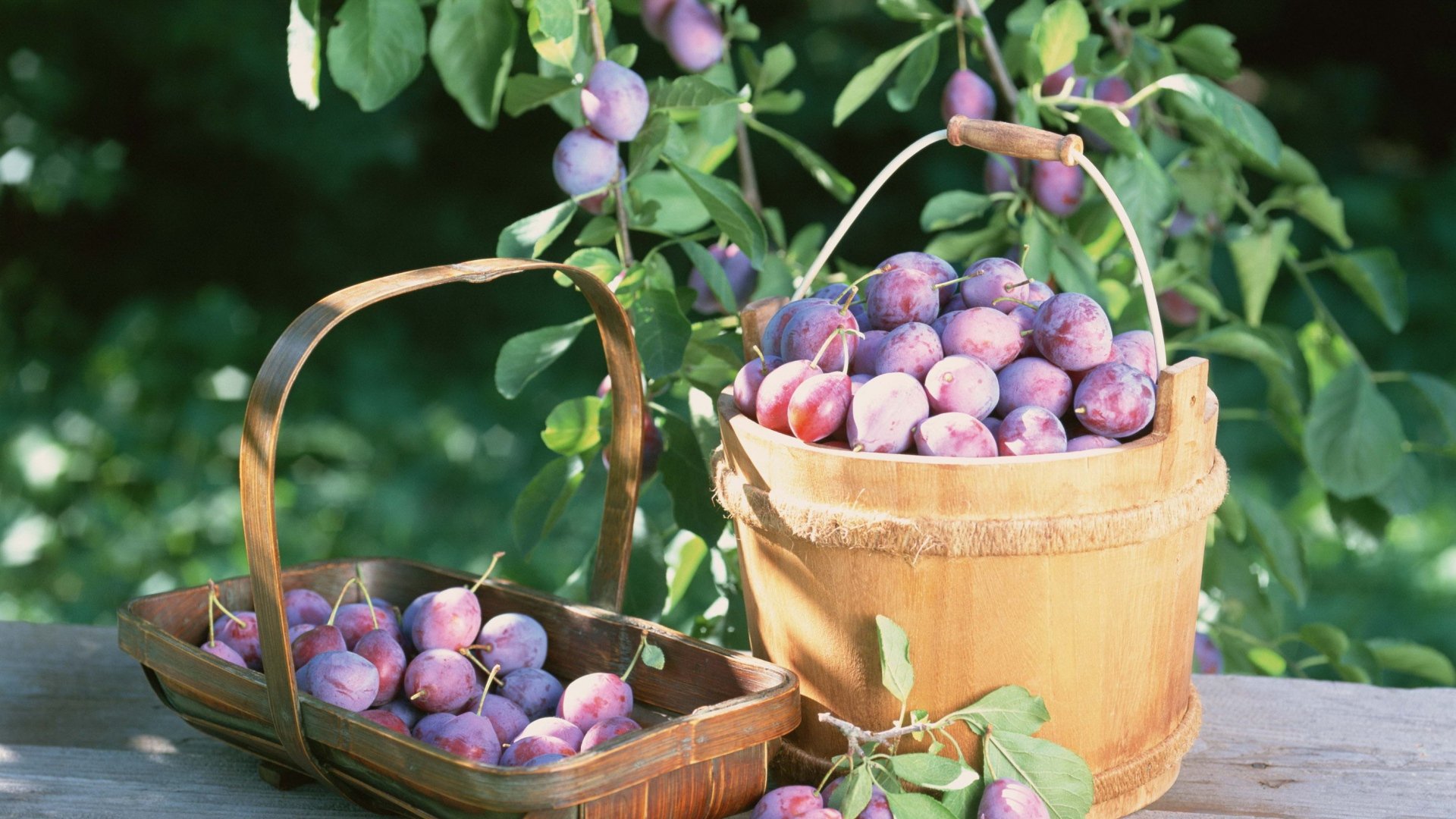Table of Contents
Plums are the most delicious and juicy fruits to eat. Peaches, Plums, Apricots, and Cherries belong to the rose family. Plum is a stone fruit, and it belongs to the prunus genus.
Apart from being delicious, plums are also high in vitamin C, as well as vitamins A, B, and D. Iron and manganese are abundant in these. This delightful fruit can be eaten raw, or it can be used to produce a variety of recipes, syrups, jams, and cakes.
The sweet plum tree is ideal for growing in your home garden, but you may have questions about how to cultivate it, how to care for it, and when to pluck them. This article about plum picking has covered everything. Although growing and maintaining a plum tree is a difficult task, it is doable if the proper measures are taken.
How to Plant a Plum Tree
1. Choose the Variety of Plum Trees
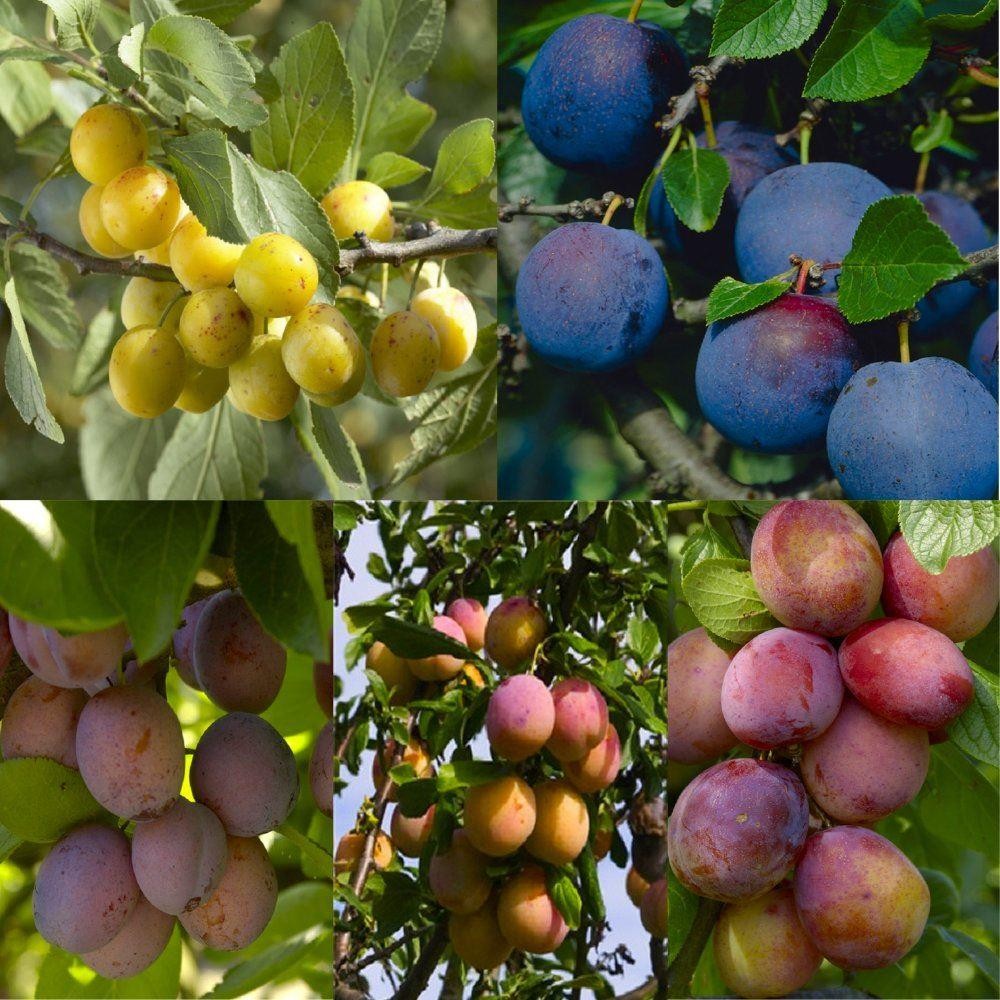
Plum trees are easy to grow and provide a lot of fruit. You can either grow a plum tree from seed or purchase a young plant from a nearby nursery and plant it in your garden. But before that, you need to get the knowledge of which variety of plum trees is suitable to grow in your region, as a plum tree comes in different varieties. There are many varieties of plums, like American, European, and Japanese. European and American hybrid plums can grow in any type of climatic conditions, although Japanese plums can grow in hot climates.
2. Take a Young Plum Plant
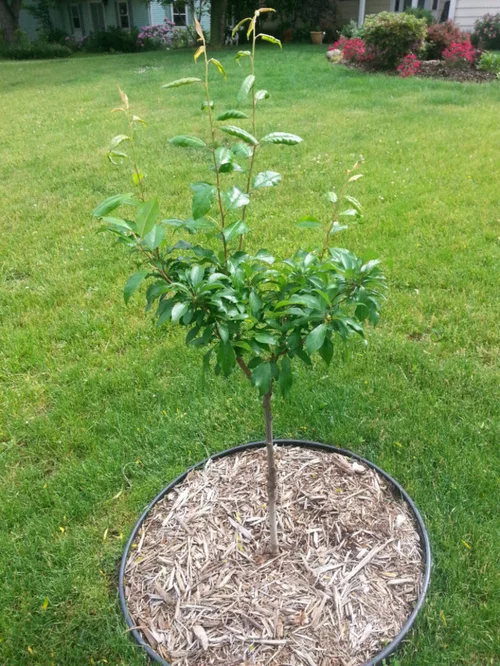
If you have doubts about which kind of plum tree you want to grow, your local nursery can advise you on which kind of plums grow well in your area. After taking a young plum plant, graft it so that it can produce a good yield. Once you have grafted your plum plant, then attach it to other different varieties of rootstock to stimulate the growth of your young plum tree.
3. Select the Site
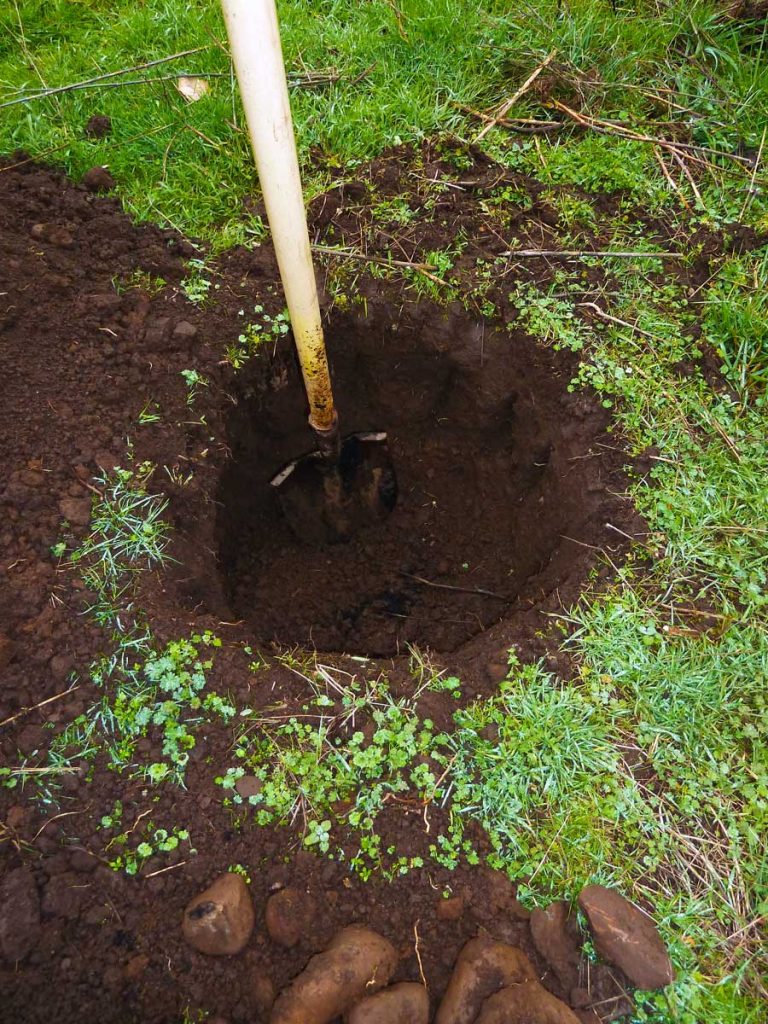
Dig a hole one foot deep and ensure that the location you have chosen for your plum tree has a decent drainage system and full sun coverage. Fill the hole entirely with water. Make the hole wider enough so that your roots can fit inside properly. Make the soil permeable by not compacting it too much. Plant your plum tree in the spring to ensure that it adapts well to the soil. You can also protect the plant from frost damage by planting it in the spring season. After replacing the soil, check that the graft line is pone properly positioned.
When to Harvest Plums
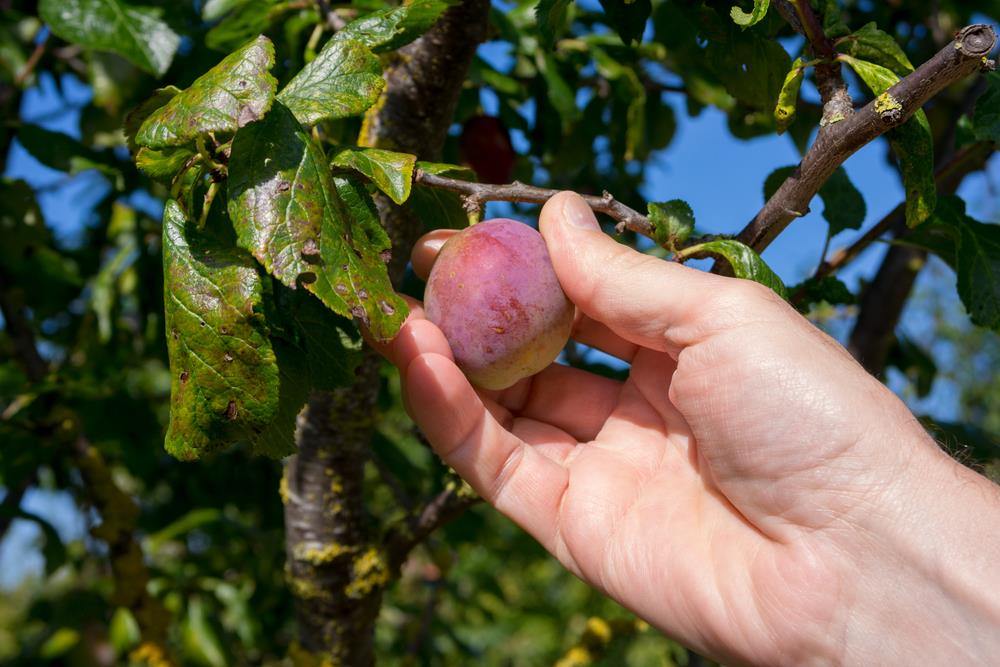
Allow your plums to ripen on the tree fully. When the color of the fruit changes, it indicates that the plum is ripe and ready to be picked. The majority of plums ripen in late spring, but this can vary depending on the weather conditions. Most of the plums will harvest from June to September.
You can also see a white powdered layer on the plum, which is also an indication of the ripening of plums. If you are growing European plums, let them dry on the tree so that when you touch them, they feel delicate and will come off the stem with a twist of the finger.
If you are growing Japanese plum or American hybrid plums, harvest them before they are mature and let them sit on a surface for about 2-3 days to ripen before storing them in the fridge, eating them raw, or including them in delectable recipes or jams.
Tips While Harvesting Plums
- Plant your plum tree regularly in the initial stage, which will help your tree to establish strong roots.
- Prune your plum tree to keep it safe from silver leaf or any other fungal diseases.
- Always prune your plum tree in Midsummer; never prune them in the spring or fall season
- This stone fruit can be infected by brown rot. To control this diseases remove the knots in spring.
- Fertilize your plum tree once a year in spring before the fruit season so that it can give healthy fruits
- Remove some plums when the branches tend to bend due to being overweight.
- You can store your Plums in the fridge for 3-6 weeks
- You can make a jam or cut them into small pieces and store them in bag covers
- Plum trees require other trees for pollution as they are not self pollinators
- Don’t use any insecticides in the flowering season. Allow bees and butterflies into your garden
How to Care for Plum Tree
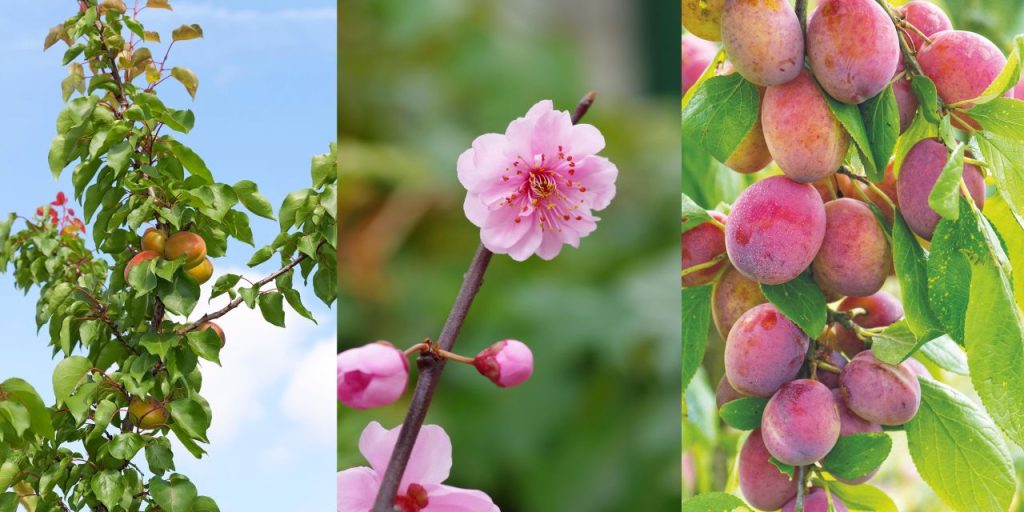
1. Water Regularly
Watering the plant thoroughly after planting will aid in the plant’s rapid establishment in the soil. For the first few weeks after planting, water it frequently. It is critical to irrigate the young plant throughout the first growing season. Always water the soil, let it dry, and then water it again. Water the leaves as well. Water the plant thoroughly up to 5-6 weeks after planting. Overwatering might harm the young roots, so be careful.
2. Prune Your Plant
Pruning the young plant is essential for proper growth. Remove any branches that have been blown down by the storm. Lower branches should be pruned or cut off because they consume energy and do not encourage plant growth. Remove any bugs or fungal infections with a pruning tool. Remove all damaged branches and leaves.
3. Use Fertilizers
Young plant trees do not require fertilizers unless theyare not growing at all Fertilizers can be used once the tree is four years old. Use only light fertilizers in equal parts. Sprinkle the fertilizer about one foot away from the soil’s edge. Mulch can also be used to moisten the plum tree’s stem and to combat diseases such as weeds. It will shield the tree from weed growth while also providing critical nutrients to the plant.
4. Propagating
Because the plum tree does not self-pollinate, you either grow another type of tree or allow pollinators such as bees and butterflies to pollinate it. Plant pollination is crucial because it allows the plant to thrive and provide a nice and healthy harvest.
5. Thin the Fruit Yield
Thinning is a method used to improve the quality of fruit output. Remove any surplus fruits while leaving some space between each fruit. This will also help the branches grow appropriately. Otherwise, the branches may topple over due to the weight of the fruits. Also, thoroughly inspect and discard any diseased fruits. This thinning procedure can be carried out immediately following the blooming season. At the end of the day, the quality of the fruits is more important than the number produced.
Common Diseases in Plum Tree
1. Brown Rot
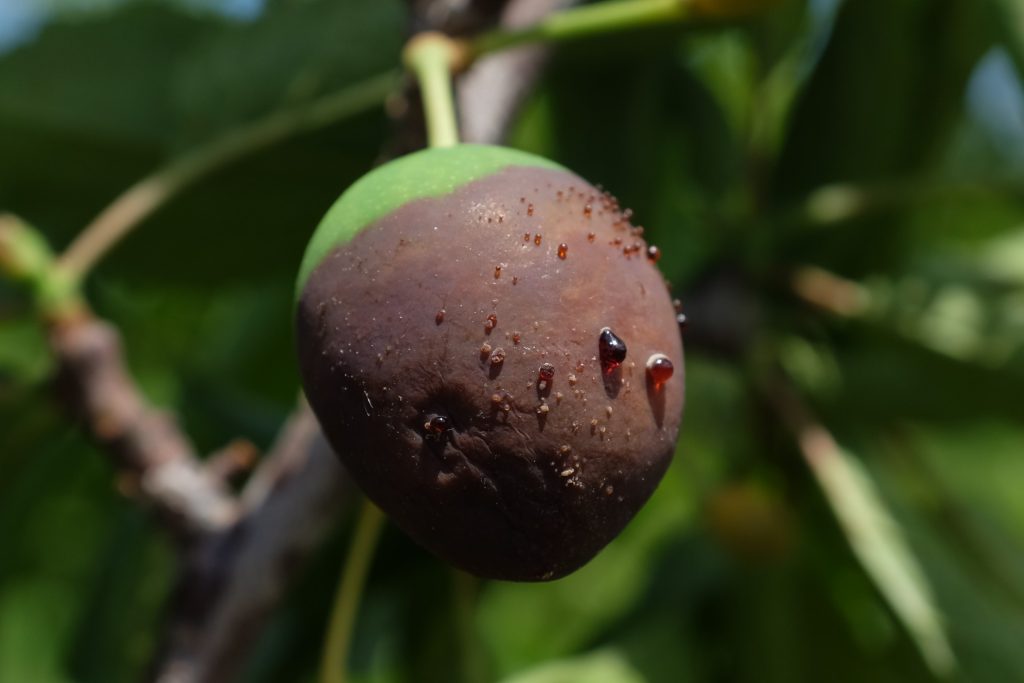
The symptoms of Brown rot infection in your plum tree are hard swollen black knots on the branches; this is the most frequent disease in plum trees. This disease will develop in humid environments when the plant is more exposed to wet periods. To control this disease, apply some effective fungicides to the affected plants and avoid exposing them to moisture, which promotes the disease’s growth. Another conventional method to control this disease is to cut off the affected flowers or fruits and use adequate fertilizers.
2. Plum Pocket Disease
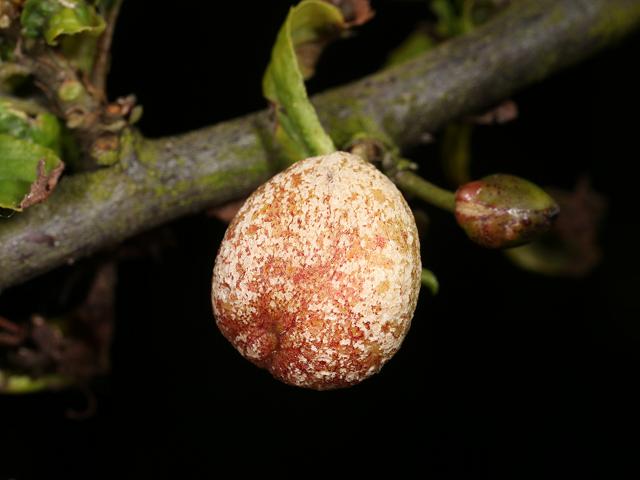
Small blisters on the fruit, large fruits, and fungal pores on the fruits are symptoms of plum pocket disease. This is a common disease in the plum plant that causes the fruits to become black and dry out. If this disease is not treated, it may affect all fruits on the plum tree and persist for several years. The tree’s leaves may also become thick and curled. This disease can be stopped by removing affected fruits before it spreads the whole tree. Fungicides should be applied to control plum pockets before the blooming season. If your tree is entirely affected by plum pockets, schedule a harvest and cure the plant well before the blooming season.
3. Canker on Plums
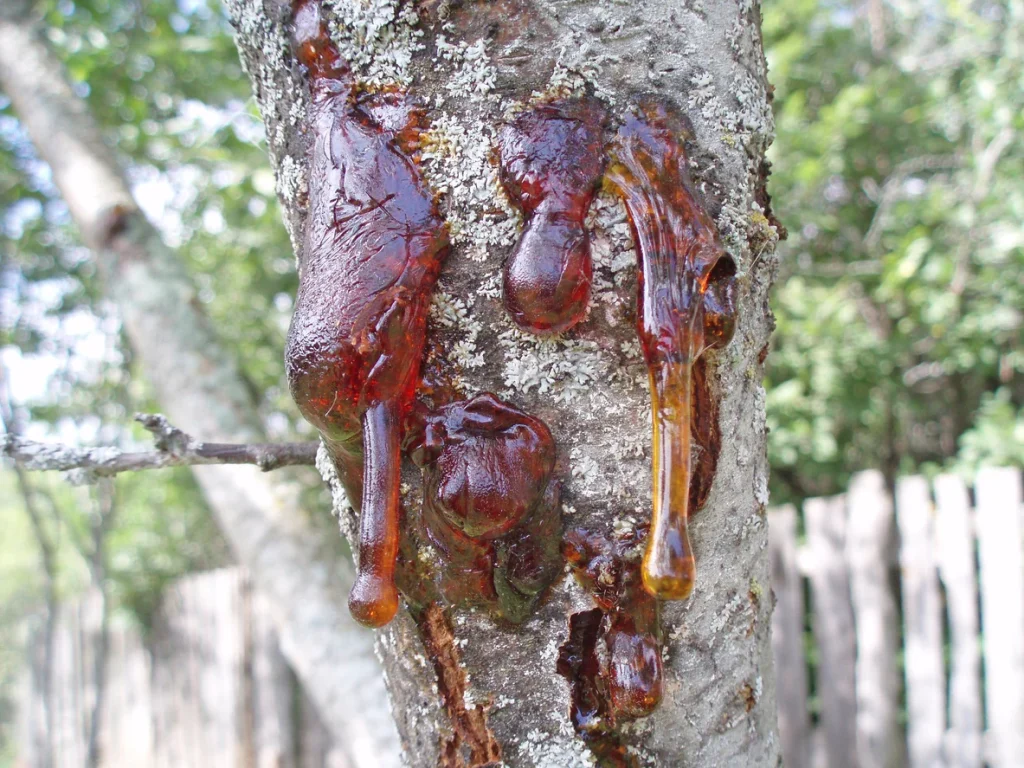
One of the most prevalent diseases that affect the stone fruit is Canker. Canker signs include a long canker on the branches, a sour scent in the fruit, and grey patches on the leaves. This disease mostly affects the trees when they are not in good health condition. To prevent this, keep the tree in a good irrigation system. Make sure that the tree is being fertilized. If your plum tree is already affected by canker, remove the infected branches. Prune throughout the summer to prevent the disease from spreading.
Final Thoughts
Plums are lovely fruits that taste similar to apples. Plums can be used in any cuisine, or they can be used to make cakes, syrups, or jams to preserve.
In this article, you learned how to cultivate a plum tree from a young plant, as well as how to care for it and the diseases that can affect your plum tree, and ways to prevent them. Growing a plum tree is not difficult if you follow the proper procedure and take good care of your plum tree.
After you pick plums, make sure you preserve them properly. If your plums are already ripe, then store them in the refrigerator or preserve them as jams.
Frequently Asked Questions
When to Pick Plums?
When your plums turn red in colour or purple, then they are ready to pick. You can just twist them and remove them from the stem, or you can just shake the tree for the ripened plums to fall off.
When Should I Plant a Pulm Tree?
It is good to plant a plum tree in spring. When you plant a plum tree in spring, you can save the tree from getting frost or any fungal diseases. But you can plant it at any time based on the cultivator, which means the variety of fruit is easy to grow in your area.
How Can I Know My Plums Are Ripening?
Plums become soft and juicy when they ripen. They turn into dark red or purple and yellow based on the varieties. Mostly all varieties of plums form a white powdered layer on the surface which is also a sign that plums are ripening.
Where to Store Plum?
After you harvest your plums check and separate them based on their appearance. If your plums are so soft to the touch and juicy, you can directly store them in the refrigerator. If some of your plums are still hard and unripe, then let them sit at room temperature. Exposure to air can make the plums ripe more quickly than in the fridge. Then once ripen, you can store them in the fridge.

